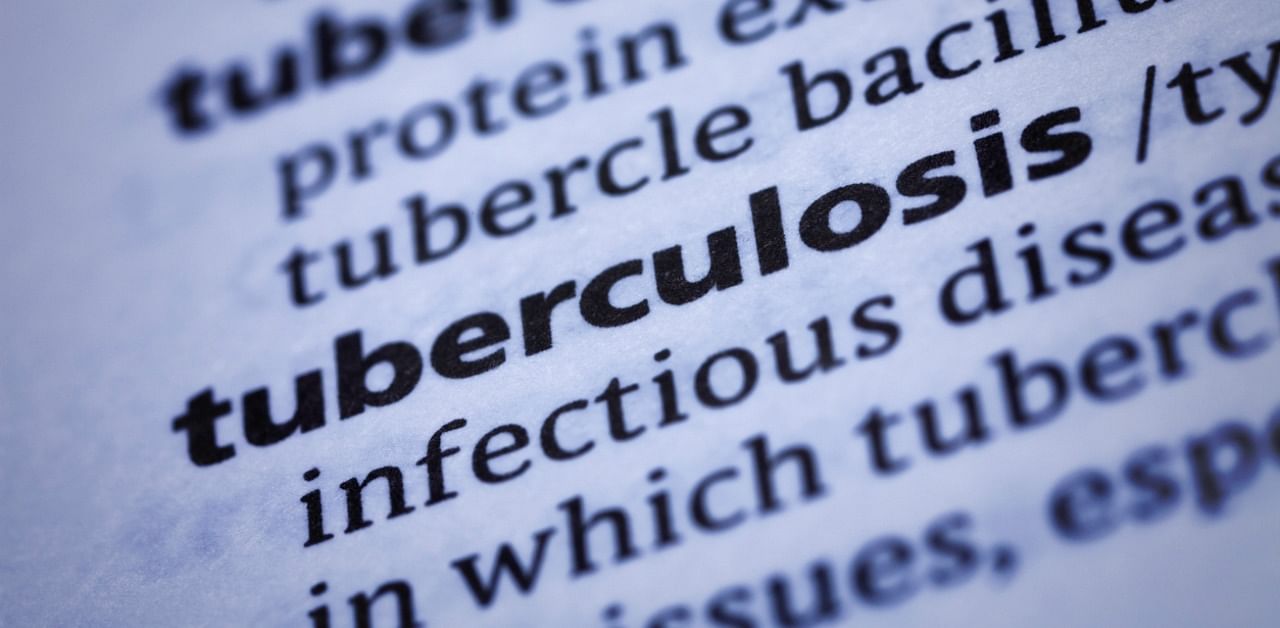
Despite being completely curable and largely preventable, millions of people are still suffering and dying from tuberculosis. India is struggling to control its spread. It has the highest TB burden as well — responsible for over one-fourth of the world’s cases and one-third of the deaths. India has set a target for complete elimination of Tuberculosis (TB) by 2025. Is it really possible, if not why and what are the challenges? What should be done to eradicate TB by 2025?
Inadequate diagnostics and treatment; multidrug-resistant tuberculosis (MDR TB); and HIV coinfection are some of the major challenges in controlling TB in India. Eliminating TB by 2025 in India is impossible in the absence of an effective vaccine. And moreover, India should invest more in R&D for TB.
Most of the diagnostic tools used are outdated and ineffective. Sputum-smear microscopy sometimes failed to detect extrapulmonary or smear-negative TB. And, it is less effective in children and HIV positive patients whose smear results are often negative.
A new approach to treatment is needed. The introduction of DOTS program felicitates detection of the TB by sputum-smear microscopy, government commitment to control, regular supply of drugs, supervised treatment, and reports on the progress of the health system. It is one of the best methods to help control the spread of TB and eradicate the disease introduced by WHO in 1991. However, the treatment process takes time up to 6–9 months.
Prolonged treatment often fails to adhere to long treatment courses resulting in resistant strains and relapse. Isoniazid INH in combination with rifampin, pyrazinamide and ethambutol are commonly used drugs for TB treatment.
Two injectable drugs currently used in India are associated with the worst treatment outcomes, with increased risk of death. And, despite WHO recommending the use of Delaminid (another new drug) in India, most of the children in India are not accessible to this. People with HIV or AIDS suffer more severe complications. The relapse rates associated with the use of some anti-TB regimens are increased among HIV-positive people.Also, antiretroviral drugs patients may experience an immune reconstitution syndrome that mimics many aspects of TB infection, which makes the clinical picture in coinfected patients unclear. The need to provide most sensitive tools to diagnose drug resistant TB.
It is time to encourage new treatment initiatives that appear to be highly active against TB (including MDR TB) and require shorter periods of treatment. MDR TB (Multi drug resistant TB) accounts for about 1% of new TB cases.
India needs to scale up Genexperts (tests to diagnose drug resistant TB). Though treatable, the treatment process takes up to 2 years and is considerably more expensive and toxic.
There is a lack of an honest assessment of the TB situation in India. Instead of sticking to the message of ending TB by 2025, the focus should be more on the progress made so far and keep a check on what is not working and come up with a plan and strategy. Without transparent accounting there is no way to make the improvements that are needed.
Could Covid-19 pandemic and its consequences derail India’s target of ending tuberculosis by 2025?
As the coronavirus Covid-19 pandemic sweeps across India with cases and mortality increasing every day, we as a community working to mitigate tuberculosis (TB) are apprehensive what pandemic will do to tuberculosis (TB). No doubt, Covid-19 will adversely affect all routine health services everywhere, but TB services might be one of the biggest casualties.
Firstly, with incidence of TB in India in 2019 accounting for 2.7 million cases and TB and HIV co-infection of 5.4%, we are looking at a significant impact to TB resources at various levels as resources are diverted to Covid-19 and the epidemic ramps up. So, TB diagnosis will be delayed. This can cause spike in TB incidence.
Secondly, due to damage to their lungs by TB are they more susceptible to severe damage and negative effects of Covid 19 is again a very difficult question to answer as there is no data yet.
So what do we do?
Everyone working with TB has the window of opportunity to be proactive about mitigating the damage. Otherwise, we will end up seeing huge increases in TB mortality in the coming months.
Focusing solely on Covid-19 can damage the very fragile gains we have in TB. So, we must ensure programs and care for people are not interrupted or affected.
(The writer is a pediatric consultant)